11 Designers Who Transformed the Fashion Industry
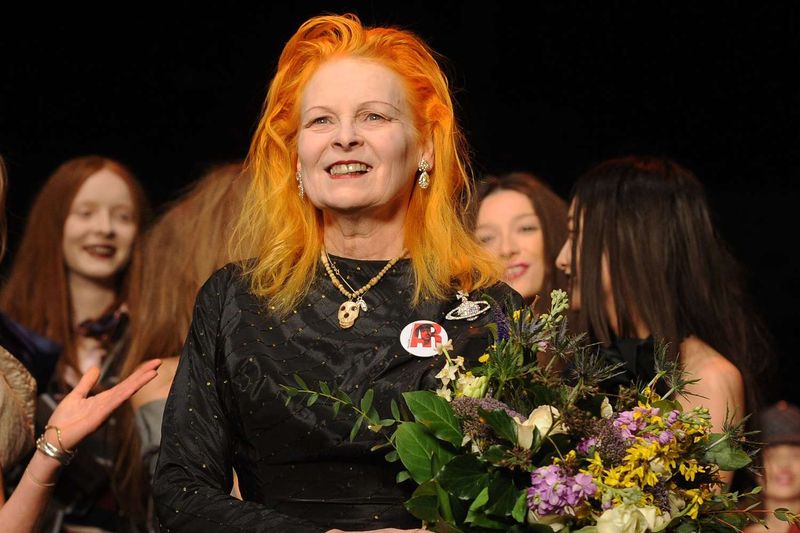
Fashion isn’t just about clothes—it’s about expression, identity, and cultural shifts. Behind every major change in how we dress are visionaries who dared to challenge norms. These eleven designers didn’t just create beautiful garments; they fundamentally transformed how we think about fashion, breaking boundaries and redefining style for generations to come.
1. Coco Chanel

The little black dress. Jersey fabric. Costume jewelry. These weren’t fashion staples until Gabrielle “Coco” Chanel made them so. Born into poverty in 1883, Chanel climbed to fashion’s summit through sheer determination and revolutionary thinking.
She liberated women from corseted silhouettes, introducing casual elegance when most women were still trapped in restrictive clothing. Her simple suits with boxy jackets and straight skirts created a new feminine aesthetic that valued comfort alongside style.
Chanel’s influence extends beyond clothing—her iconic No. 5 perfume remains a bestseller nearly a century after its creation. Even after her death in 1971, her design philosophy of elegant simplicity continues to influence fashion worldwide.
2. Stella McCartney
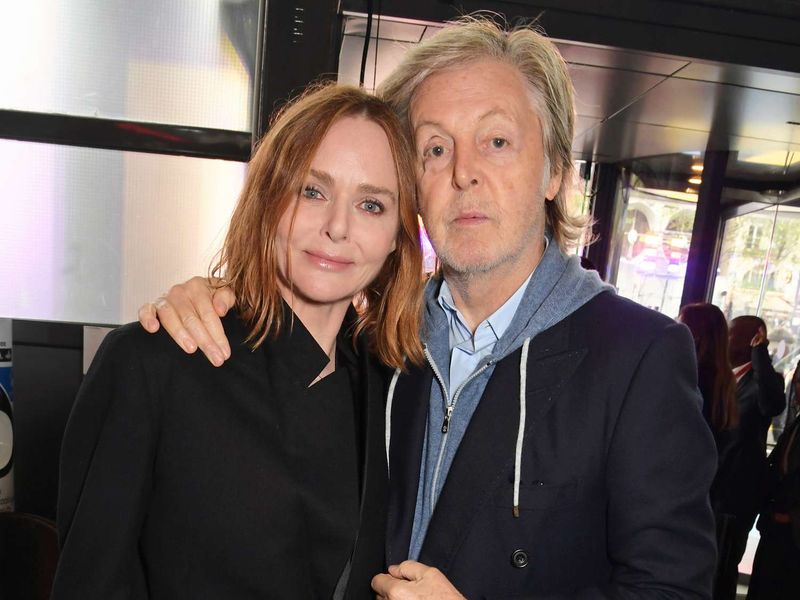
Daughter of music legend Paul McCartney, Stella carved her own path by revolutionizing eco-friendly fashion when sustainability wasn’t trendy. Her commitment to cruelty-free designs rejected the industry’s reliance on leather and fur, proving luxury could be ethical.
McCartney’s pioneering work with innovative materials like mushroom leather and recycled ocean plastic transformed how designers approach production. Her collaborations with Adidas introduced sustainable sportswear to mainstream consumers, making eco-consciousness accessible.
Beyond her environmental impact, McCartney’s tailored yet feminine aesthetic challenged the notion that women’s power dressing required masculine elements. Her influence extends across high fashion and everyday wardrobes, showing that principled design can change an entire industry.
3. Yves Saint Laurent
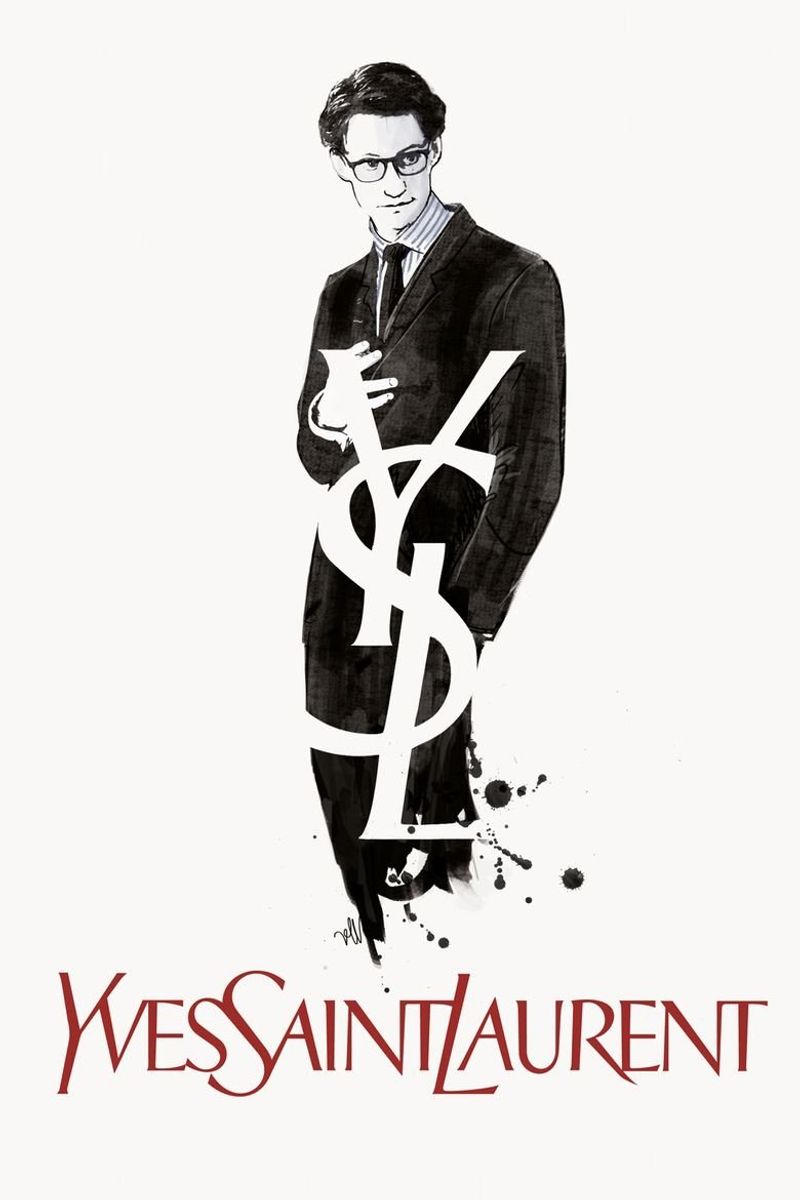
At just 21, Yves Saint Laurent became the world’s youngest couturier when he took over Christian Dior following the founder’s death. But it was after establishing his own house that his true revolutionary spirit emerged.
Saint Laurent didn’t just design clothes—he created cultural statements. His 1966 “Le Smoking” tuxedo suit for women challenged gender norms when women in pants were still controversial. He democratized high fashion by pioneering luxury ready-to-wear with his Rive Gauche boutiques.
Drawing inspiration from street style and art movements, Saint Laurent blurred boundaries between high and low culture. His collections referencing Mondrian paintings and pop art transformed fashion into wearable art, while his embrace of diverse models broke industry standards long before inclusivity became a buzzword.
4. Gianni Versace
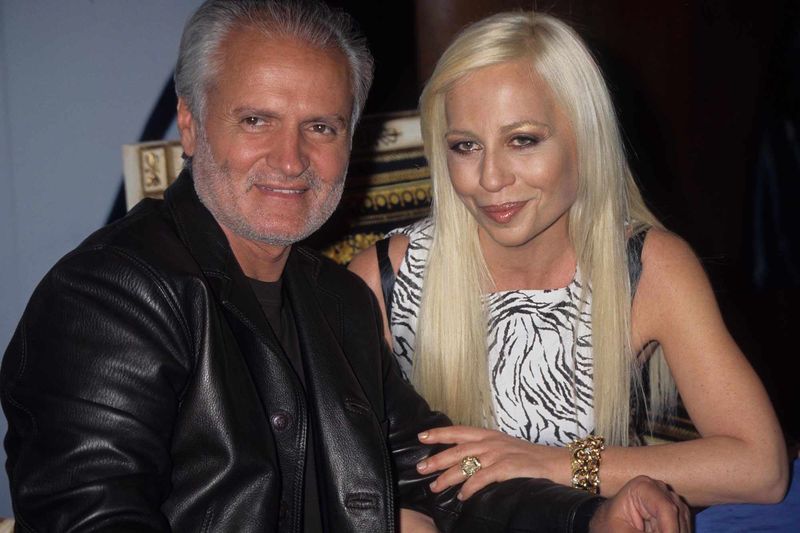
Miami colors, baroque prints, and unapologetic sexuality—Gianni Versace’s aesthetic was a glamorous rebellion against minimalism. Growing up in southern Italy surrounded by Greek architectural influences, Versace created a design language that mixed classical elements with rock-and-roll energy.
He transformed fashion shows into spectacular events, pioneering the use of supermodels and celebrities on runways. His friendship with stars like Madonna, Elton John, and Princess Diana helped merge fashion with celebrity culture in unprecedented ways.
Versace’s innovative use of materials like metal mesh (his Oroton invention) and vibrant silk prints became instantly recognizable signatures. Though his life was tragically cut short in 1997, his fearless approach to luxury—mixing high art with popular culture—forever changed fashion’s relationship with fame and sexuality.
5. Giorgio Armani
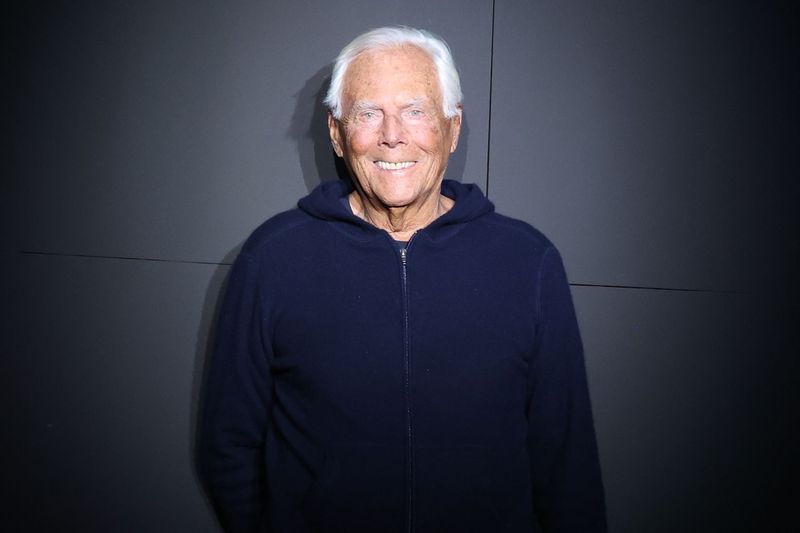
The man who dressed the 1980s power elite began his career as a window dresser. Giorgio Armani’s revolutionary approach to tailoring—removing linings, padding, and stiffness—created a new kind of relaxed elegance that felt both authoritative and comfortable.
His deconstructed suits became the uniform of ambitious professionals, popularized further through films like “American Gigolo.” By softening masculine silhouettes and adding structure to feminine ones, Armani blurred gender lines in subtle yet profound ways.
Beyond clothing, Armani built one of fashion’s first lifestyle empires, expanding into home goods, hotels, and restaurants. His business model of maintaining private ownership while diversifying into multiple price points and product categories created a template that countless designers have since followed.
6. Alexander McQueen
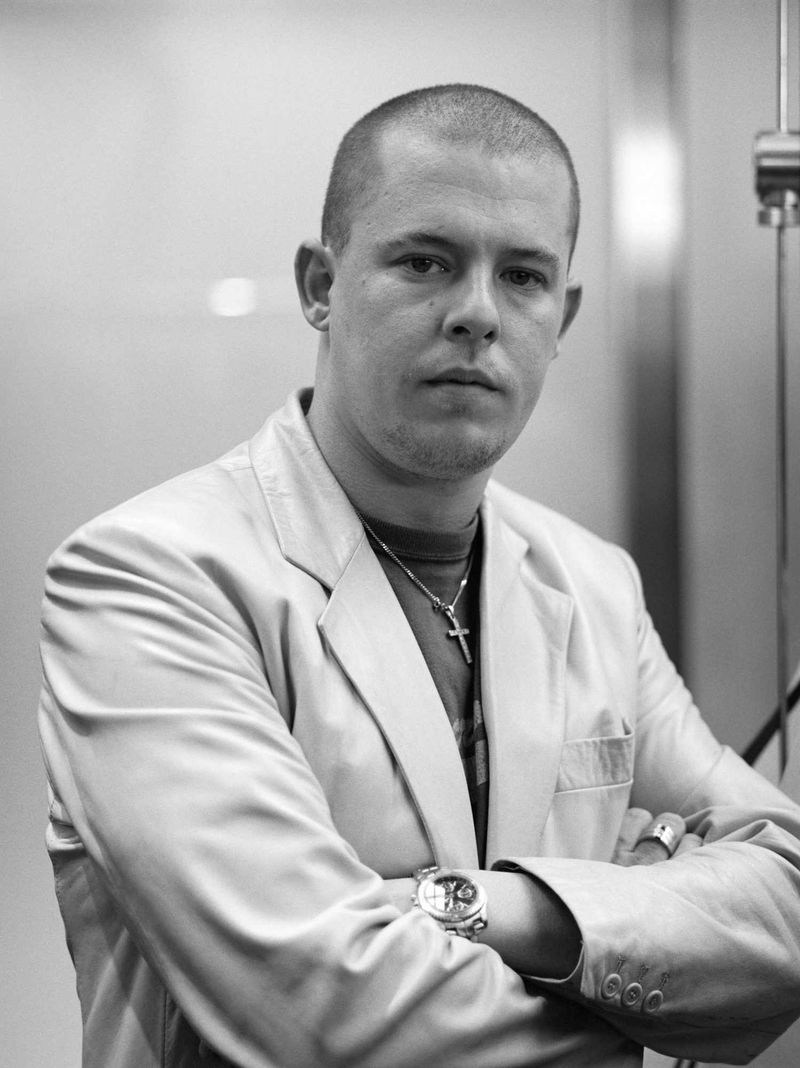
Fashion’s dark prince turned runway shows into theatrical experiences that provoked, disturbed, and mesmerized. The son of a London taxi driver, Alexander McQueen combined impeccable Savile Row tailoring skills with a provocateur’s desire to challenge conventions.
His infamous shows featured models walking through water, human chess games, and holographic ghosts. The “Highland Rape” collection sparked controversy with its raw portrayal of England’s historical treatment of Scotland, establishing McQueen as fashion’s most political voice.
Beyond shock value, McQueen’s technical innovations were extraordinary—from the “bumster” pants that changed trouser proportions to digital printing techniques that created impossible-looking patterns. His tragic suicide in 2010 cut short a career that constantly pushed fashion’s boundaries between clothing, art, and cultural commentary.
7. Jean-Paul Gaultier
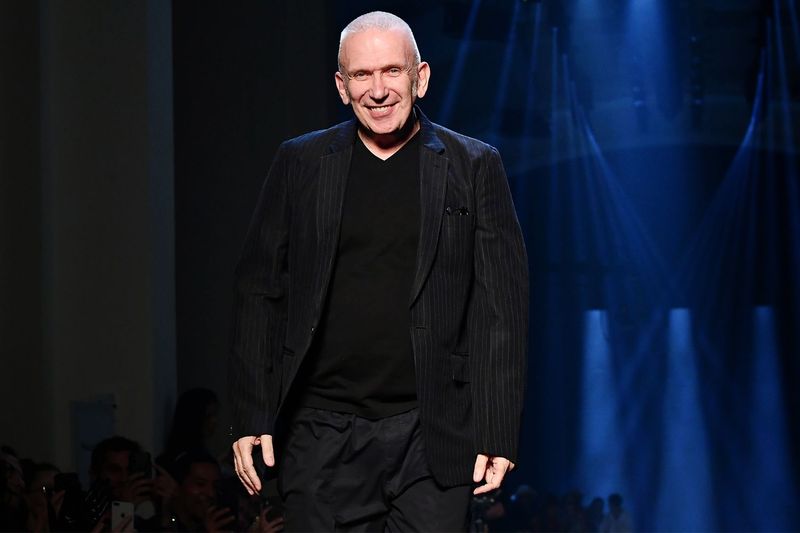
Madonna’s conical bra corset. Men in skirts. Sailor stripes reimagined in countless ways. Jean-Paul Gaultier turned fashion conventions upside down with playful irreverence and technical brilliance.
Without formal training, this French enfant terrible challenged gender stereotypes decades before gender fluidity entered mainstream conversation. His runway shows featured models of all ages, sizes, and backgrounds when diversity was rarely seen in high fashion.
Gaultier’s genius lay in combining traditional craftsmanship with subversive themes. He could transform everyday objects into haute couture—tin cans became bracelets, household items morphed into evening wear. Through his perfume bottles shaped like human torsos and his costume designs for films like “The Fifth Element,” Gaultier brought high fashion’s creativity to wider audiences, making the avant-garde accessible.
8. Karl Lagerfeld
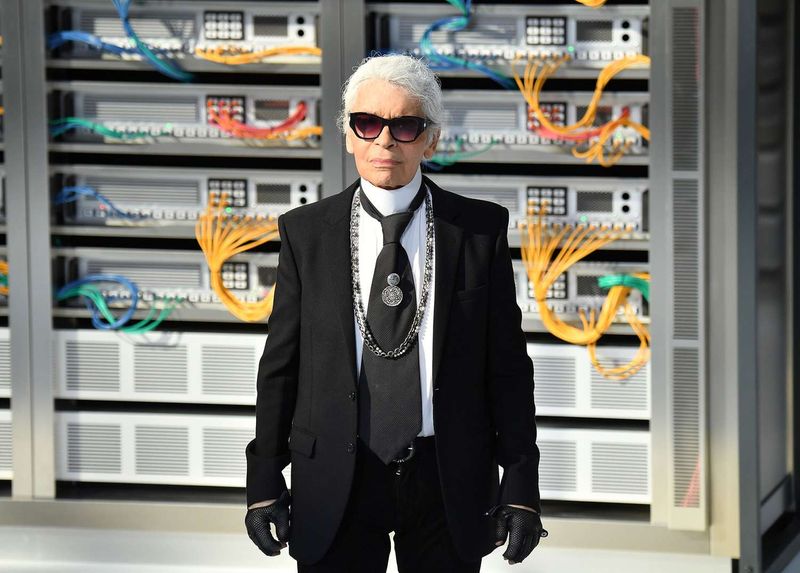
With his powdered ponytail, high collars, and fingerless gloves, Karl Lagerfeld was fashion’s most recognizable workaholic. Taking over Chanel in 1983 when the house was nearly forgotten, he performed fashion’s greatest resurrection by reinventing Coco’s codes for modern times.
Lagerfeld’s genius lay in his cultural omnivore tendencies—absorbing art, music, architecture, and technology influences at lightning speed. His Chanel shows transformed Paris’s Grand Palais into everything from supermarkets to rocket launch pads, creating Instagram moments before Instagram existed.
Simultaneously designing for Chanel, Fendi, and his own label while maintaining prolific photography and publishing projects, Lagerfeld set an impossible standard for creative output. His sharp wit and provocative statements made him fashion’s most quotable figure until his death in 2019.
9. Miuccia Prada
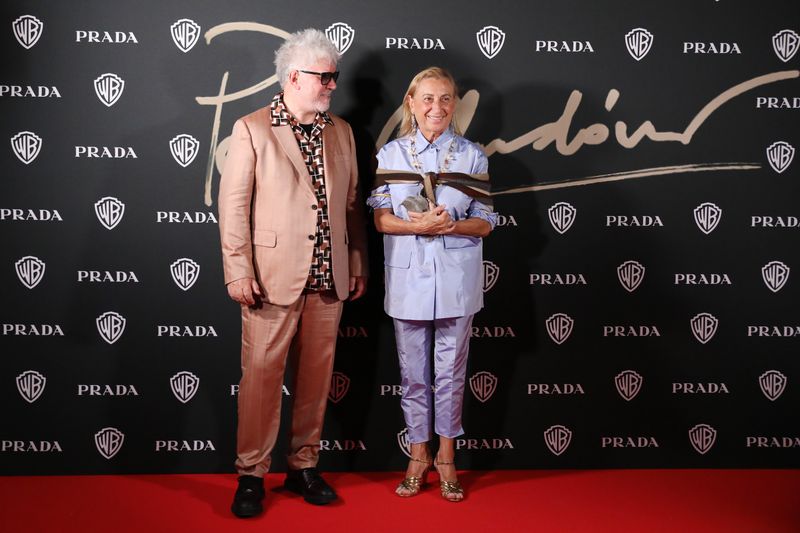
With a PhD in political science and background in mime performance, Miuccia Prada was an unlikely fashion revolutionary. Taking over her family’s luggage business in 1978, she transformed Prada from a dusty heritage brand into fashion’s intellectual powerhouse.
Her breakthrough came with nylon backpacks made from industrial material previously used for army tents. This simple yet radical idea—elevating utilitarian materials to luxury status—defined her approach to design.
Prada’s “ugly chic” aesthetic challenged conventional beauty standards by finding value in what others dismissed. Season after season, she’s created collections that feel slightly uncomfortable yet prescient, often becoming widely imitated years later. Beyond business success, Prada’s influence lies in her feminist approach to design and her Fondazione Prada art institution, cementing fashion’s connection to contemporary art.
10. Vivienne Westwood
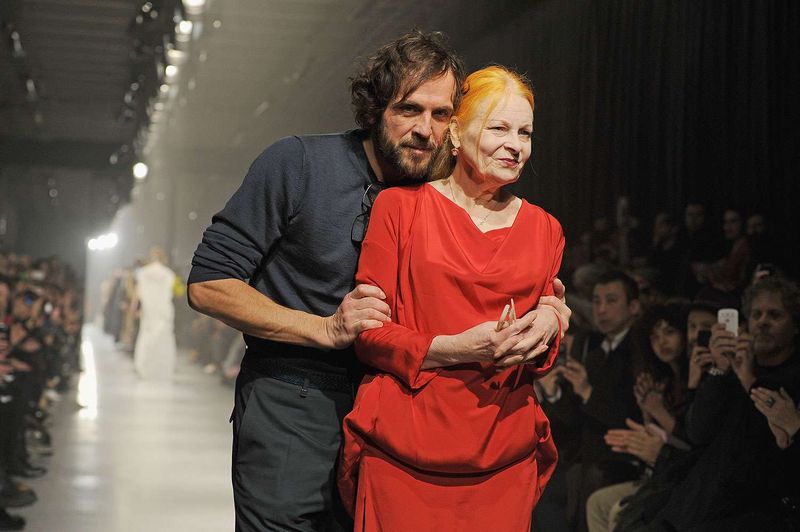
Punk fashion wasn’t born on runways—it emerged from a small London boutique run by Vivienne Westwood and Malcolm McLaren. Their shop became ground zero for a style revolution that paired torn clothing, safety pins, and provocative messaging.
Westwood’s genius lay in connecting historical research with rebellious attitude. Her collections referenced 18th-century painting, traditional British tailoring, and historical corsetry—all twisted with a subversive edge that questioned authority and convention.
Beyond style, Westwood pioneered fashion activism. Her runway shows addressed climate change, civil liberties, and nuclear disarmament decades before sustainability became a fashion buzzword. Until her death in 2022, she remained true to her motto: “Buy less, choose well, make it last”—a revolutionary stance in an industry built on constant consumption.
11. Rei Kawakubo
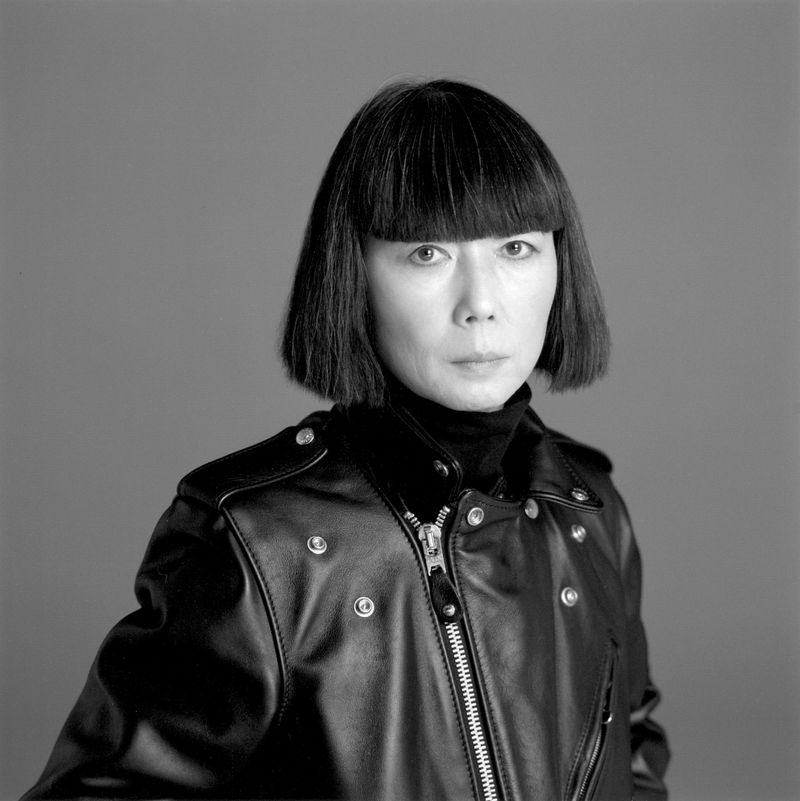
“I work around the problem of creation.” This cryptic statement perfectly captures Rei Kawakubo’s approach to fashion. The founder of Comme des Garçons challenges the very definition of clothing, presenting garments with multiple armholes, deliberately unfinished hems, or asymmetrical proportions that question conventional beauty.
When she debuted in Paris in 1981, critics called her distressed black clothing “Hiroshima chic.” But Kawakubo wasn’t interested in destruction—she was reconstructing fashion from first principles, asking what clothes could be rather than what they had been.
Her influence extends beyond her own label through protégés like Junya Watanabe and her revolutionary retail concept Dover Street Market. Fiercely private and refusing to explain her work, Kawakubo lets her designs speak for themselves—a radical position in an era of designer celebrities and over-explanation.

Comments
Loading…